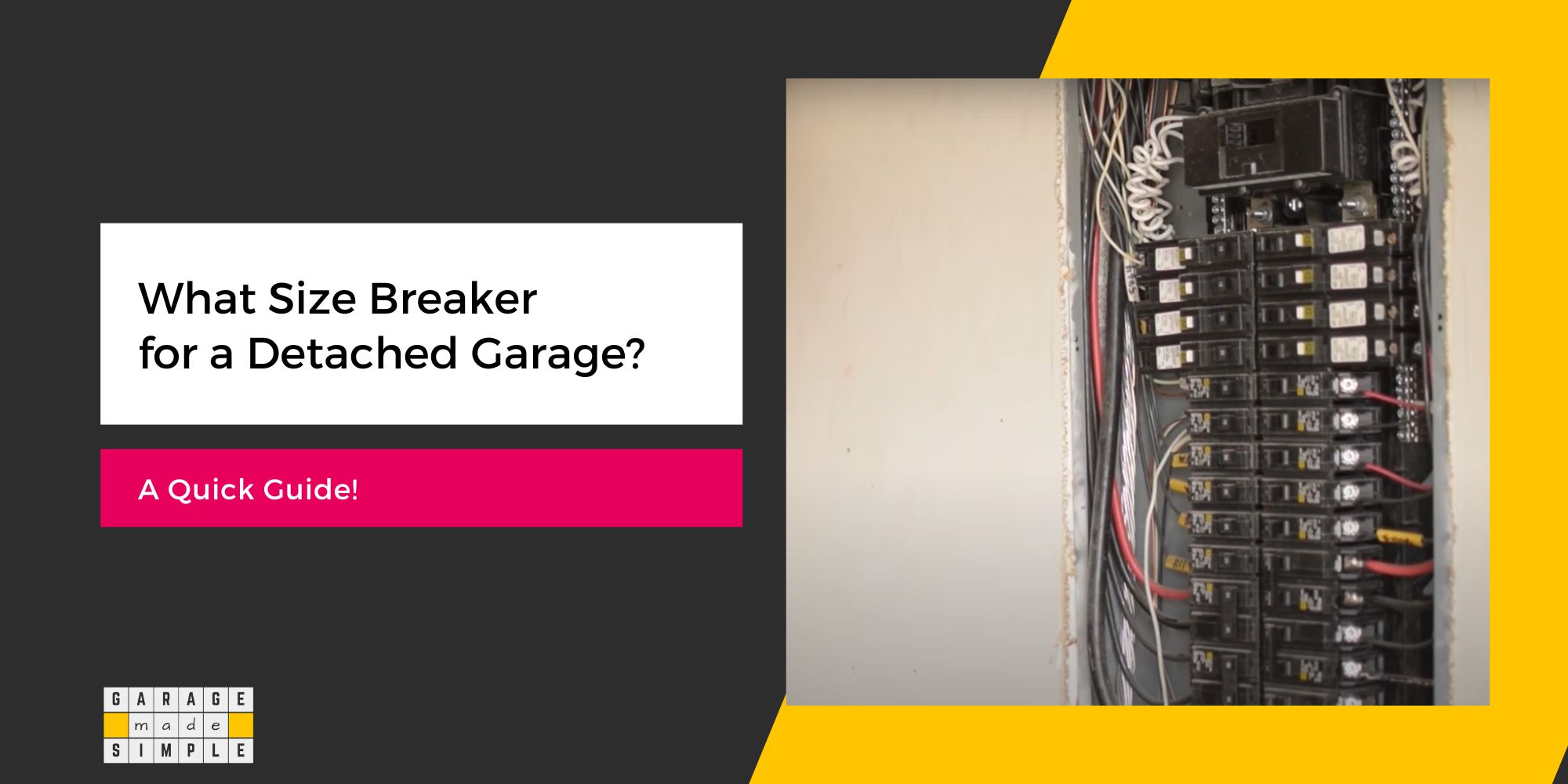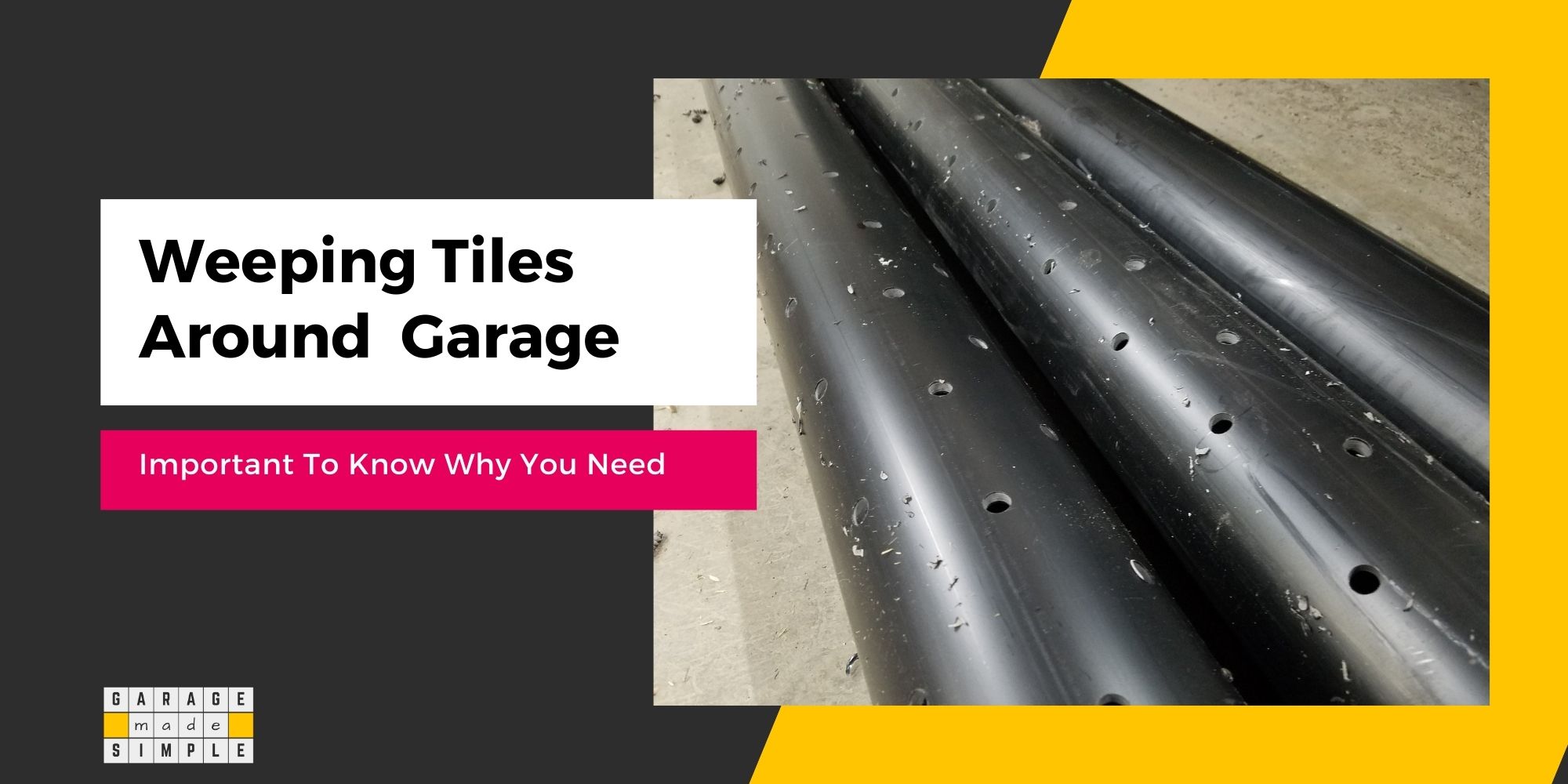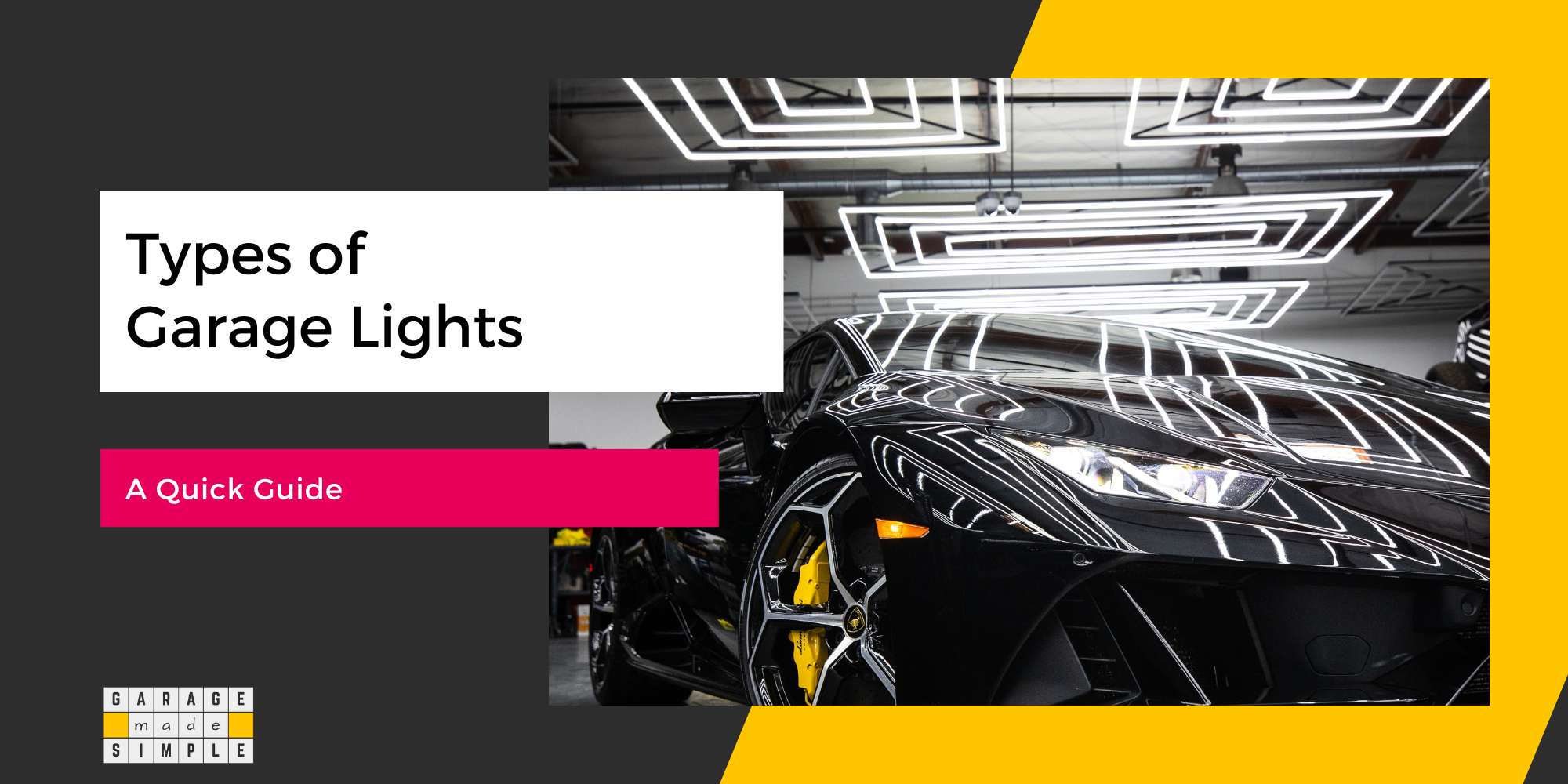Residential Garage Ventilation Requirements: Why It Is Important?
As an Amazon Associate, I earn from qualifying purchases.
Does My Garage Need Venting?
A very pertinent question. Are you concerned about residential garage ventilation requirements by code? This is a valid concern when you are constructing a new garage or remodeling an existing one. Invariably, such a project requires a permit from the local authorities. To obtain this building permit you have to comply with all their requirements.
Residential Garage Ventilation Requirements by Code
Most local building codes are based on the code set by 2023 International Residential Code (IRC). IRC does not have any Residential Garage Ventilation Requirements. IRC does not consider the garage as a habitable space.
The Residential Garage Ventilation Requirements under ASHRAE 62.2 are more concerned with ensuring that an attached garage is sealed so as to prevent air movement from the garage to the habitable areas of the home.
Section 6.1.2 of 2022 ASHRAE 62.2 refers to garages but is primarily concerned regarding adequate air sealing of the attached garage from the living space so as to prevent migration of contaminants.
ASHRAE does not have any Residential Garage Ventilation Requirements for either attached or detached garages.

Residential Garage Ventilation Requirements for IAQ Certification
Though not a code, EPA Indoor airPLUS is designed to provide an Indoor Air Quality (IAQ) certification label to Energy Star-rated homes. Section 5.4 of Indoor airPLUS CONSTRUCTION SPECIFICATIONS VERSION 1 (REV. 04) Feb 2018 covers Attached Garages.
The main takeaways from Section 5.4 are:
- Isolate attached garages from conditioned spaces
- Use weather stripping on doors between living spaces and attached garages to make them airtight
- Install an automatic door closer on all connecting doors between living spaces and attached garages
- Equip the attached garage with an exhaust fan with a minimum installed capacity of 70 cfm that is vented directly outdoors.
- The fan shall be wired for continuous operation or controls that activate the fan whenever the garage is occupied and operate for at least 1 hour after the garage has been vacated.
The section also has the following advisories:
- EPA recommends installing a garage exhaust fan if the homebuyer is expected to occupy the garage for work or recreational activities over extended periods of time.
- ENERGY STAR certified fans are highly recommended.
- Provide occupants with information in the Buyer Information Kit on the importance of, and methods for, ensuring adequate ventilation in the garage while occupied for extended periods of time.
To conclude, garage ventilation is not required by law. Though voluntary, it is highly recommended.
Why Is Garage Ventilation Necessary?
The objective of garage ventilation is to dilute the pollutants created within the garage through adequate air change. Garage ventilation also helps in reducing humidity and temperature levels of a garage.
EPA has this to say about Indoor Air Quality (IAQ) in homes:
ASHRAE (formerly called the American Society of Heating, Refrigerating and Air-Conditioning Engineers) recommends (in its Standard 62.2-2016, “Ventilation and Acceptable Indoor Air Quality in Residential Buildings”) that homes receive 0.35 air changes per hour but not less than 15 cubic feet of air per minute (cfm) per person, as the minimum ventilation rates in residential buildings in order to provide IAQ that is acceptable to human occupants and that minimizes adverse health effects.
EPA
The above is strictly speaking not applicable to garages, but highly recommended as your garage may be occupied from time to time due to its use as DIY workshop, home gym, hobby space, etc.
Garage ventilation is required to:
1. Remove Toxic Fumes
A poorly ventilated garage is very likely to smell bad. The unpleasant odors in the garage may be toxic, flammable or a health hazard.
Carbon monoxide (CO) is a part of car exhaust fumes. It is a colorless, odorless gas which is potentially lethal. If cars have been idling in an unventilated garage for some time, carbon monoxide can build up, as it is heavier than air.
Inhalation of carbon monoxide causes drowsiness and can even result in death.
Gasoline fumes from gas leaks is also something to worry about as it is flammable. Many common items stored in the garage, such as paints, pool & household chemicals, gardening supplies, etc. also emit toxic or flammable fumes.
Less dangerous, but quite unpleasant is the stench from garbage cans, temporarily stored in the garage. They invite pests like flies & cockroaches which are certainly a health hazard.
2. Reduce Humidity
Proper garage ventilation will quite often help in reducing the humidity levels in the garage. The ideal garage humidity should be between 40 to 45%. This humidity level is desirable for human comfort, reducing corrosion and prevention of mold growth.
The lifespan of cars parked in the garage and other costly items, such as lawnmowers, golf clubs, etc. are adversely affected by high humidity.
High humidity also encourages mold growth on garage walls. Mold is not just unsightly; it has a musty smell and is a health hazard to those suffering from respiratory ailments.
3. Cool Down a Garage in Summer
A good ventilation system can help keep your garage cool & comfortable during the summer months, even without the use of an air conditioner. A cooler garage not only makes it more livable, it also increases the lifespan of cars and other items stored in the garage.
4. Feed Fresh Air to an HVAC Furnace
It is quite common to have the HVAC unit in the garage. The furnace of the HVAC unit needs fresh air for them to function efficiently. Garage ventilation is absolutely essential if you have an HVAC unit in your garage.
What Is the Best Way to Ventilate My Garage?
Strictly speaking the term ventilation should be used to describe “air change”. In other words the polluted air in the garage should be removed and replaced by fresh air from outside.
The cheapest and the best way to ventilate a garage, or any space for that matter, is to use natural ventilation. Open out the doors and windows for as long as possible.
However, arranging natural ventilation, considering security issues, time constraints and weather conditions, is easier said than done. Forced ventilation is the next best option.
Installation of roof turbines or exhaust fans in the upper half of the garage and complementary garage wall vents in the lower half of the garage works pretty well.
Maximize cross ventilation by having them far apart and at opposite ends of the garage.
A roof turbine powered by wind has no operating cost but is somewhat difficult to install. An exhaust fan is possibly the best garage ventilation option for warm or hot climates. A mini split air conditioner that also works as a heater and a dehumidifier is a good option for colder climates.
Fans and portable dehumidifiers help in increasing air circulation and reducing humidity level. However, on their own they do not cause air change. Use them along with an exhaust fan and some garage wall vents to get ventilation, air circulation and humidity reduction.
Bottom Line
Irrespective of legal Residential Garage Ventilation Requirements, garage ventilation is highly recommended for:
- Making your garage cool and comfortable so that you can use it for activities other than just parking cars or storing goods.
- Eliminating toxic, flammable and obnoxious fumes and smells from the garage.
- Preventing mold growth & pest infestation due to high humidity.
- Enhancing the life of your cars, garage tools and other stored items.
- Feeding fresh air to the HVAC furnace in the garage.
Thank you very much for reading the post. I do hope you found it informative and useful.






